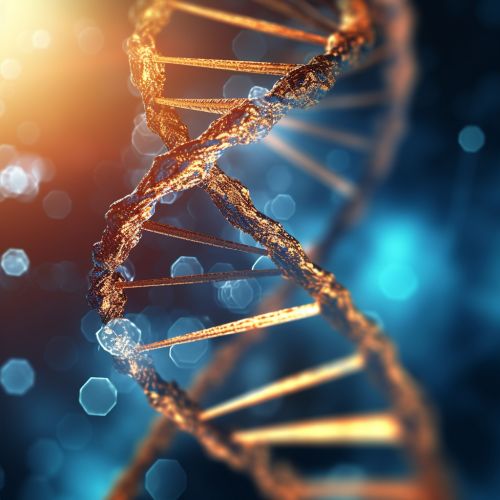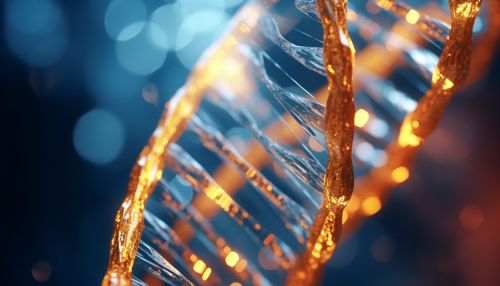Genetic Adaptation
Introduction
Genetic adaptation is the process by which organisms adjust to new environments or to changes in their current environment. This can occur through mutation, selection, migration, and genetic drift. Genetic adaptation is a critical component of evolutionary biology, as it allows species to survive and thrive in a variety of conditions.
Mechanisms of Genetic Adaptation
Genetic adaptation occurs through several mechanisms, each contributing to the overall fitness of an organism in its environment.
Mutation
Mutation is the process by which new genetic variations are created in a gene pool. Mutations can be caused by errors in DNA replication, exposure to radiation, or certain chemicals. While most mutations are neutral or harmful, some can provide a survival advantage in a particular environment, leading to genetic adaptation.
Selection
Natural selection is the process by which certain traits become more or less common in a population due to their effect on the survival and reproduction of their bearers. Traits that increase an organism's fitness in its environment are more likely to be passed on to the next generation, leading to genetic adaptation.
Migration
Gene flow or migration is the transfer of genetic variation from one population to another. If the rate of gene flow is high enough, this can lead to the spread of beneficial mutations and genetic adaptation.
Genetic Drift
Genetic drift is a process that changes the frequency of an existing gene variant in a population due to random sampling of organisms. Over time, genetic drift can lead to genetic adaptation, especially in small populations.
Examples of Genetic Adaptation
There are many examples of genetic adaptation in nature, demonstrating the power of this process in shaping the diversity of life on Earth.
Peppered Moth
The peppered moth is a classic example of genetic adaptation. During the Industrial Revolution in England, soot from factories darkened the trees where the moths lived. The darker moths, which were previously rare, became more common because they were better camouflaged against predators.
Galapagos Finches
The Galapagos finches are another well-known example of genetic adaptation. Each species of finch on the Galapagos Islands has a different beak shape, adapted to the specific types of food available on their home island.
Antibiotic Resistance
Antibiotic resistance in bacteria is a modern example of genetic adaptation. Bacteria that are resistant to antibiotics survive and reproduce more effectively in environments where antibiotics are used, leading to the spread of resistance genes.
Implications of Genetic Adaptation
Understanding genetic adaptation is crucial for many areas of science and society.
Conservation Biology
In conservation biology, understanding genetic adaptation can help protect endangered species. By preserving the genetic diversity of a species, we can ensure that it has the potential to adapt to future environmental changes.
Medicine
In medicine, understanding genetic adaptation can help combat diseases. For example, understanding how bacteria adapt to antibiotics can help us develop more effective treatments.
Agriculture
In agriculture, understanding genetic adaptation can help improve crop yields. By selecting for traits that increase plant fitness in a particular environment, we can develop more productive and resilient crops.
Conclusion
Genetic adaptation is a powerful process that shapes the diversity of life on Earth. By understanding this process, we can better protect biodiversity, combat diseases, and improve agricultural productivity.
See Also


